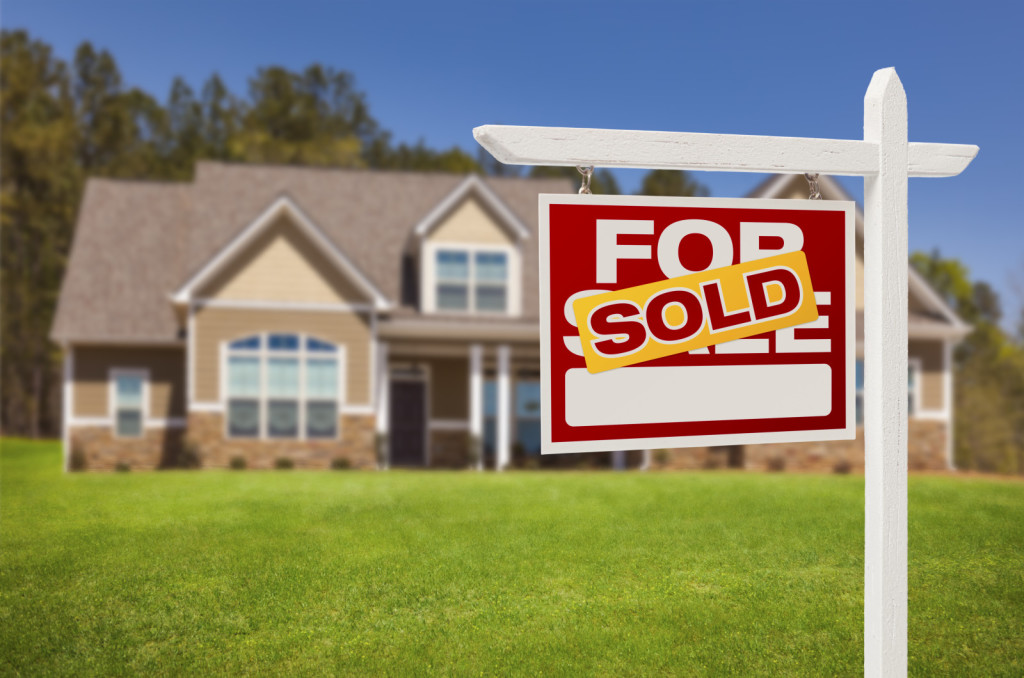Rapid Reaction: May Existing Home Sales
May existing home sales fell 0.4 percent from April and 3 percent from a year ago, to a seasonally adjusted annual rate of 5.43 million, according to the National Association of Realtors. The fall represents the second straight monthly dip and third consecutive annual decline.
- May existing home sales fell 0.4 percent from April and 3 percent from a year ago, to a seasonally adjusted annual rate of 5.43 million, according to the National Association of Realtors. The fall represents the second straight monthly dip and third consecutive annual decline.
- The seasonally adjusted price of existing homes sold in May was $255,300, up 4.9 percent from a year ago but down 0.3 percent from April — the second straight monthly decline, the first time the seasonally adjusted price has fallen in consecutive months since summer 2015.
- The number of existing homes for sale rose 2.8 percent from April but remained down 6.1 percent from a year ago, the 36th month in a row of annual inventory declines.
The modest fall in May existing home sales — the third straight annual decline in a row — is disappointing, but won’t meaningfully change the narrative that’s taken hold in market over the past roughly two years. Supply is woefully inadequate to meet demand, which is pushing prices ever higher and contributing to mounting affordability woes – especially at the bottom end of the market. After rising slowly but consistently in the early years of the recovery, the number of existing home sales stalled in early 2016 at roughly 5.5 million annual sales, and has stayed on that low, dusty plateau ever since. The demand clearly exists to support higher sales levels, the problem is that it’s almost impossible to meaningfully spur more sales when there are simply no homes available to buy. Inventory has fallen year-over-year in every month for the past three years, and while it may be beginning to bottom out, it shows precious few signs of jumping back up any time soon. Rising mortgage interest rates, coupled with rising prices, will only continue to dent affordability – potentially serving to push still more people into the market in the short term in hopes they can lock in a purchase before their budgets are completely busted. That, in turn, will only help increase competition for those homes that are available and push prices up even more. It’s hard to tell if, when and how this cycle gets broken, and for now the market feels hopelessly stuck in this deep rut for the time being.
